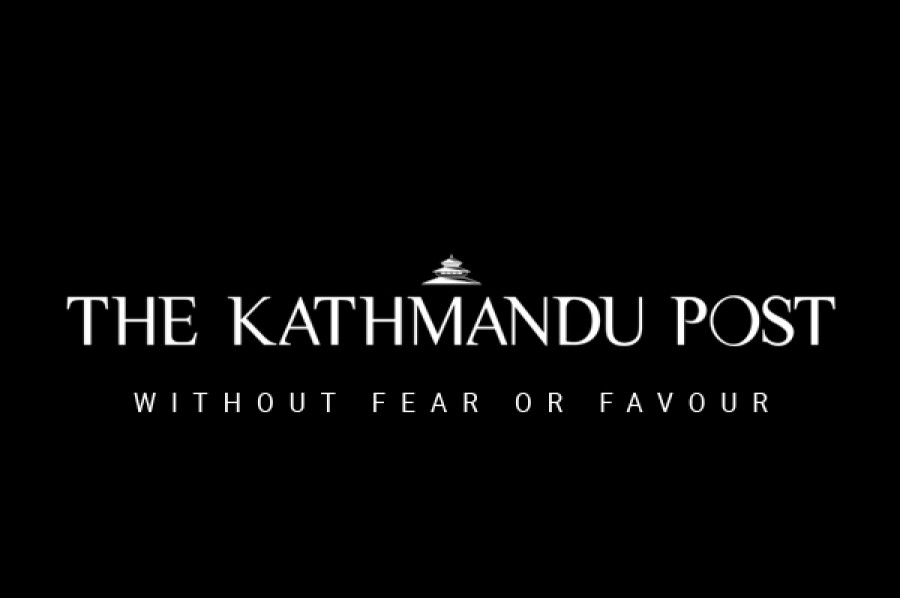Opinion
Looking back to look forward
For Nepal, understanding the past is crucial to understanding our own role in the present
Amish Mulmi
In keeping with his times, the classical German philosopher Hegel neatly slotted the essence of China and India in a binary: ‘In contrast with the Chinese State, which presents only the most prosaic understanding [sic], India is the region of phantasy and sensibility.’ To Hegel, writing in an age when modern capitalism had just begun to make inroads into these two civilisations, China represented an ‘immovable unity’, a society whose rules and deference to hierarchy represented ‘a servile consciousness’, while India, where idealism was limited to the imagination, was a ‘land of marvels’ but one whose culture ‘is only a dumb, deedless expansion’ without ‘any political action’.
Hegel’s anachronistic and reductionist views have been decried by modern historians, but his opinions still dominate the popular imagination of these two states that border modern Nepal. China is presented as a nation of rules and discipline; India, on the other hand, fails to escape the romanticism associated with royal grandeur and Hindu ascetic philosophy (as recently as last week, the New York Times carried a travel piece on Jaipur with a subhead that said, ‘The streets are filled with palaces, temples and, sometimes, cows’.)
It is from Hegel’s misconceived notions about the histories of the two civilisations that What China and India Once Were, a collection of comparative history essays edited by Sheldon Pollock and Benjamin Elman, begins. As the two correctly write in the introduction, a more careful understanding of the two countries is essential because ‘what has not often been realized, let alone seriously examined, is the fact that this “entry” (onto the modern world stage) is actually a re-entry.’
The two countries are legacies of some of the most ancient civilisations, and as we witness the rise of a new world order where both will have a major role to play, it is much more important for us to consider what they were like in the past, and ‘how those older ways of life may have shaped their presents.’
For a Nepali, however, such a text goes beyond just understanding the pasts of the two nations. Nepal, located at the crossroads of both cultures and influences, has long defined its identity as ‘neti, neti’—an Upanishadic term that means, ‘Not this, not this.’ While the philosophical roots of neti, neti are outside the purview of this column, I borrow its literal meaning: we Nepalis consider ourselves part of neither civilisations.
And why not? Cultural processes, especially in a limited and challenging geographical area like Nepal, are the result of hundreds of years of assimilation amid isolation. India loomed large in our imaginations because of our socio-cultural roots in the religion now called Hinduism. China, on the other hand, was an entire nation away. It would be more apt to consider the Tibetan roots of Nepaliness, as most of our written history’s interactions were either limited to, or conveyed to China via, Tibetan culture. Our historical association with China were so limited that almost all of our information on Arniko, the symbol of Nepal-China friendship in the modern day, comes from Chinese sources.
An era of changes
What China and India Once Were is a polemical exercise of extraordinary magnitude, and not just because of the immense task of comparing the history of two ancient civilisations. The book limits itself primarily to the early modern period of 1500-1800 CE when the two saw ‘comparable dramatic changes in trade...in demography...in state formation...in urbanization, monetization and elsewhere.’ This time period covers, in China’s case, from the later Ming period to the early Qing period, and in India’s, the Mughal empire’s beginnings and disintegration. The year 1800 is significant in many ways, and not just for the two states.
China, it marks the beginning of what would ultimately be a century of imperial disintegration and popular revolt.
For India, it would be a century of colonial assertion, culminating in the 1857 revolt and the subsequent absorption into the British empire. It was at the end of the 18th century when commerce began to take on a more global scale through the various trading companies of the West; in many ways, the breakdown of empire in China and India can be attributed to the East India Company specifically. ‘In China, the Opium War (1839-42) epitomized the British empire’s triumph...via the shibboleth of “free” commerce… In India, 1800 marks the start in earnest of British colonialism.’
The disintegration of the two empires, however, cleared the route for new political units to emerge in this part of the world, such as Nepal. Although war with the British would come to define its political boundaries, the weakening of the Qing and the Taiping rebellion allowed Jung Bahadur Rana to invade Tibet in 1855, and then side with the British in 1857 to establish itself as a distinct unit separate from India’s princely states (even though Jung had to ensure his legitimacy by claiming descent from one such princely state). On the other hand, while Nepal had sent tributes to the Qings since the 1792 war, the Ranas sent the last tribute mission to Beijing in 1906, and deftly manoeuvred their relations with the British to ensure Chinese claims of suzerainty were negated thereafter, leading to a treaty guaranteeing Nepal’s sovereignty in 1923.
The early modern period was thus, for our two neighbours, an era that saw great empires emerge and fall in their respective territories, and when their structures weakened via the machinations of colonialism and internal contradictions, it allowed for Nepal to be shaped as a political unit that continues to the modern day. One could then posit the argument that Nepal’s high point in regional power structures really came during the colonial era.
Modern lessons
Why does a text of comparative history, however, matter to us in the 21st century? After all, the present is not like the past, and times, well, they are ‘a-changed.’ For Nepal, however, understanding the pasts of the two countries is crucial to understanding our own role in the present. Our foreign policy in the modern era has been purportedly equidistant; we seek to be in the two behemoths’ good books at all times. In doing so, however, our rulers have displayed little knowledge about our past, and the pasts of the two nations. This has translated into modern (and often overemphasised) imaginations of the two states. India is the big bully, one whose end goal is to seek integration of the Nepali state into its own. China, on the other hand, is the great emancipator, the counter-weight to India’s bullying, and the panacea to all our problems—from infrastructural development to economic investments.
Any foreign policy that continues such a view with disregard for historical relations between the Nepali state and these two countries will be as correct as Hegel’s view on the two civilisations. If the end goal of foreign policy is to uphold the sanctity of one’s sovereignty, Manichean outlooks will lead to simplistic notions that will often result in misinterpretations and misunderstandings. If anything, without understanding the historical context within which modern Nepal (and modern India and China respectively) emerged, a foreign policy based on short-term expectations will result in disappointments and chagrin.
Several commentators have noted how the current age is an age of great churn. If one looks at it from the perspective of Asia, it is a period of reclaiming history from the western imagination. ‘In the long run of a three- or four-thousand-year time frame, India and China were always the places where the greatest amount of riches aggregated and where knowledge aggregated, along with other symptoms of being dominant cultures in their world.
So it shouldn’t surprise anybody that the long-term norm is being restored now,’ writes Haun Saussy in the afterword. And here we are, sandwiched right in the middle of what will be an Asian century.
- Mulmi tweets at @amish973.




 12.12°C Kathmandu
12.12°C Kathmandu










